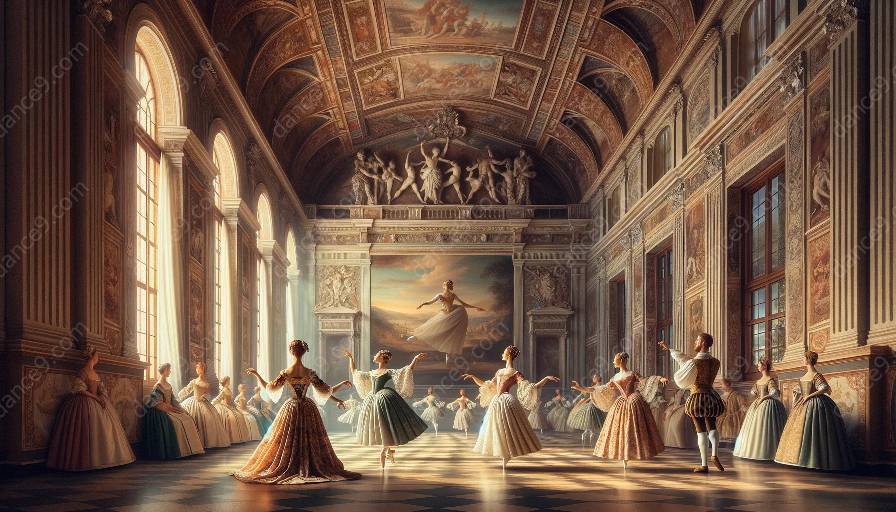Ballet, with its rich history and traditions, has been influenced by globalization and international exchange in various ways. This impact can be seen in the origins, development, and dissemination of ballet traditions.
Origins of Ballet
The origins of ballet can be traced back to the Italian Renaissance courts of the 15th century. It was further developed in France during the 16th and 17th centuries. The early French ballets were influenced by court life, social customs, and the arts, leading to a distinct and elegant dance form.
International Exchange and Development
Globalization and international exchange have played a significant role in shaping the development of ballet. With the spread of colonialism and trade, ballet traditions began to be influenced by cultural exchange and cross-cultural interactions. The migration of dancers, choreographers, and teachers across borders led to the blending of different styles and techniques, enriching the art form.
Impact on Technique and Style
The exchange of ideas and techniques through globalization has led to the evolution of ballet. Different ballet schools and companies around the world have contributed to the diversification of styles, resulting in a broader range of techniques and expressions within the art form.
Dissemination of Ballet Traditions
Globalization and technological advancements have facilitated the dissemination of ballet traditions worldwide. The widespread availability of dance education, performances, and digital resources has allowed for greater accessibility and exposure to diverse ballet styles and interpretations.
Ballet History and Theory
Understanding the impact of globalization on ballet requires a thorough exploration of its history and theoretical foundations. The intertwining of cultural, social, and political influences has shaped the evolution of ballet and its traditions over the centuries.
Evolution of Ballet in the Modern Era
In the modern era, globalization has led to the fusion of classical ballet with contemporary and diverse cultural elements. This fusion has resulted in new choreographic innovations and collaborations, further expanding the boundaries of ballet traditions.
Challenges and Opportunities
While globalization has opened up new opportunities for the exchange and development of ballet traditions, it has also brought challenges such as cultural appropriation and commercialization. It is essential to address these challenges while embracing the opportunities for cross-cultural dialogue and artistic growth.
Preservation and Innovation
With the influence of globalization, there is a continual effort to preserve the authenticity of traditional ballet while fostering innovation and creativity. Balancing preservation with innovation is vital in ensuring the sustainability and relevance of ballet traditions in a globalized world.
In Conclusion
The impacts of globalization and international exchange on the development and dissemination of ballet traditions have been profound. From its origins to its modern evolution, ballet has been shaped by the interconnectedness of cultures and the exchange of ideas. Understanding and appreciating these impacts is crucial in preserving the uniqueness and diversity of ballet traditions in a global context.





























